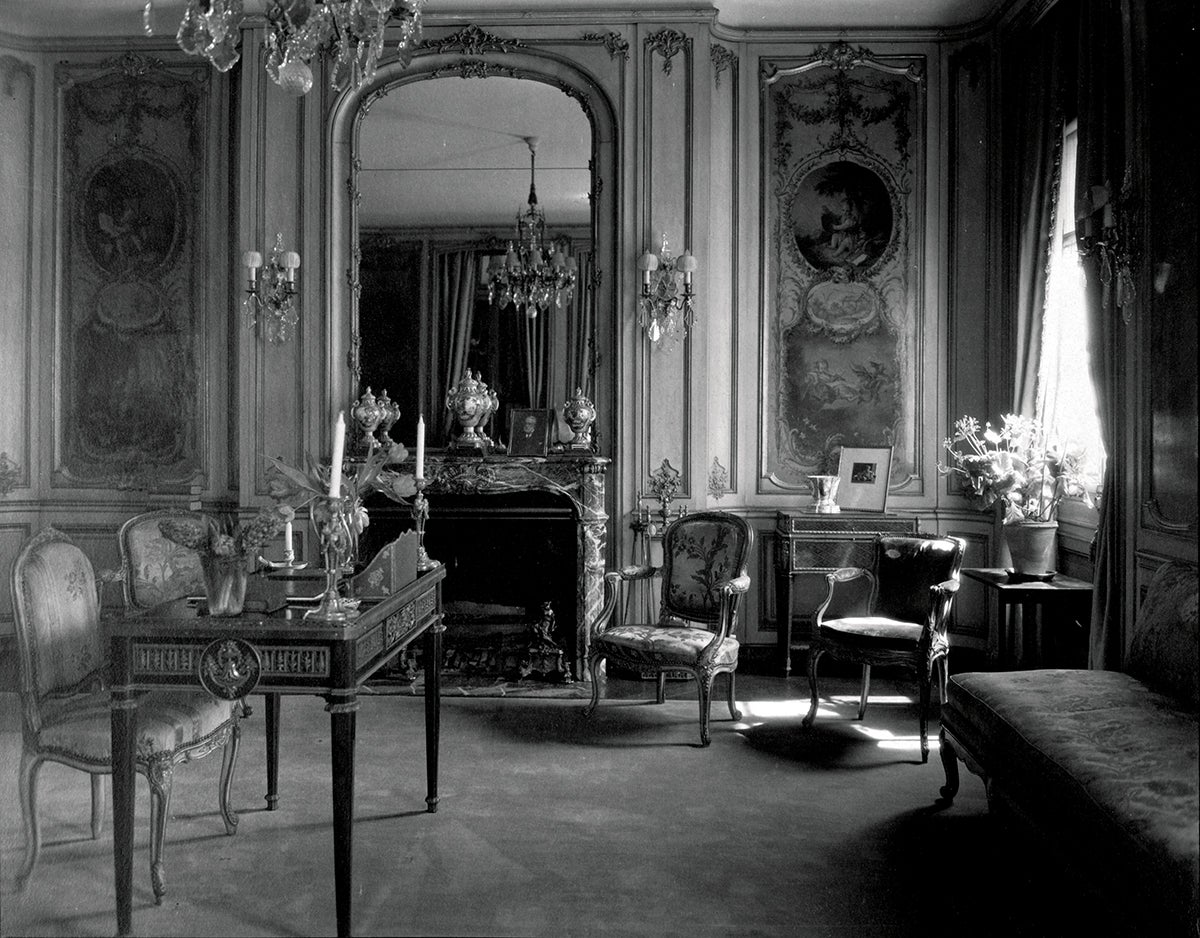Interior design can be a tough business, but there’s plenty of opportunity (and profit) out there if you know where to look—and how to ask for it. Just ask iconic decorator Elsie de Wolfe, who, in one morning, landed what may be the biggest design commission ever. All it took was a little hustle.
One morning in 1913, legendary decorator Elsie de Wolfe stepped into an apartment in Paris with a client to buy some antiques. She stepped out a wealthy woman. Over the course of half an hour, she had earned what may be the single biggest payday in the history of interior design.
In a profession full of icons and colorful characters, de Wolfe stands out. Born in 1865 in New York, her first career was as an actress; although a 1905 commission to decorate The Colony Club, New York’s first women-only social club, led to a new path, she never lost her flair for the dramatic. (A brief catalog of de Wolfe’s adventures, eccentricities and accomplishments includes a stint as a World War I nurse in France at age 50; a lifelong love of headstands, a habit she carried into her late 70s; and a star-studded list of clients, which ultimately included Cole Porter, Condé Nast and the Duchess of Windsor.)

BOH subscribers and BOH Insiders.










































